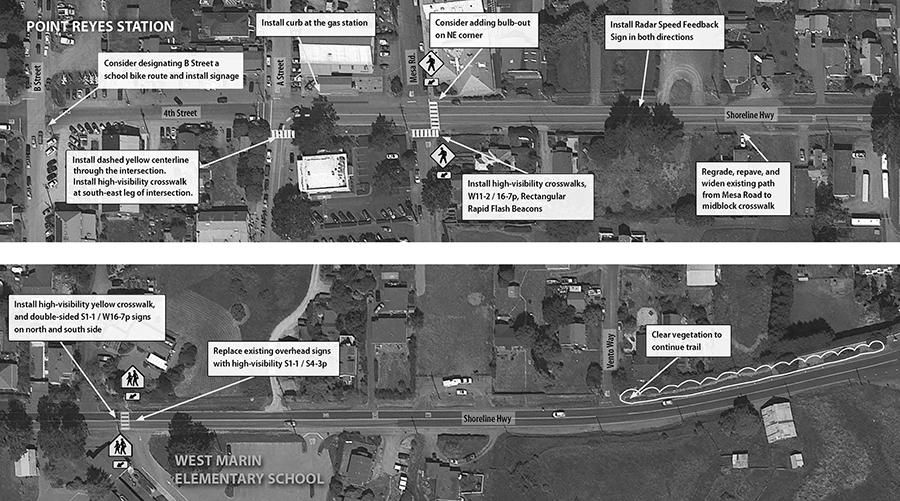A makeover is in the works to improve pedestrian walkways and add traffic-control measures along Highway 1 from West Marin School to downtown . . .
Caltrans drafts traffic plan with local input


A makeover is in the works to improve pedestrian walkways and add traffic-control measures along Highway 1 from West Marin School to downtown . . .